What and how to feed the juniper?
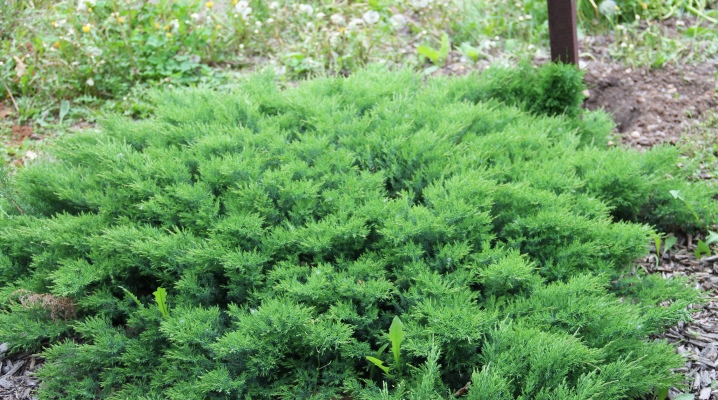
Many people plant junipers on them to decorate their land plots. Like other plants, these coniferous shrubs need proper care. An important place in this is occupied by top dressing.
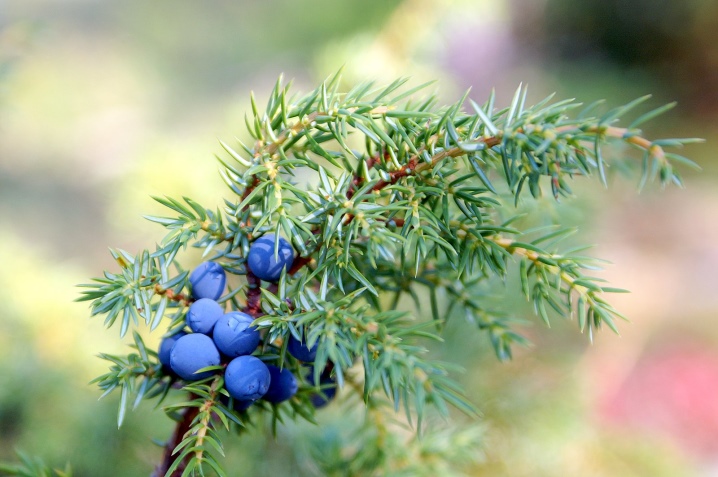
Necessary substances
Junipers need several basic nutritional supplements. These include formulations with a large amount of nitrogen. Especially such fertilizers are needed in the spring period of the year, since at this time the plants need elements that will help them restore energy after winter.
In the summer, top dressing with iron, magnesium, copper and zinc must be added.

They allow you to make the color of coniferous shrubs as bright and saturated as possible. In addition, they contribute to an increase in resistance to the effects of parasites.
In autumn, it is better to give preference to preparations with a low percentage of nitrogen content. They will slightly slow down the process of shoot growth, because at this time of the year they, as a rule, do not have time to woody well and simply freeze out.
In autumn, you can additionally fertilize with substances with magnesium. They make it possible to prevent yellowing of coniferous needles in the upper part of shrubs.
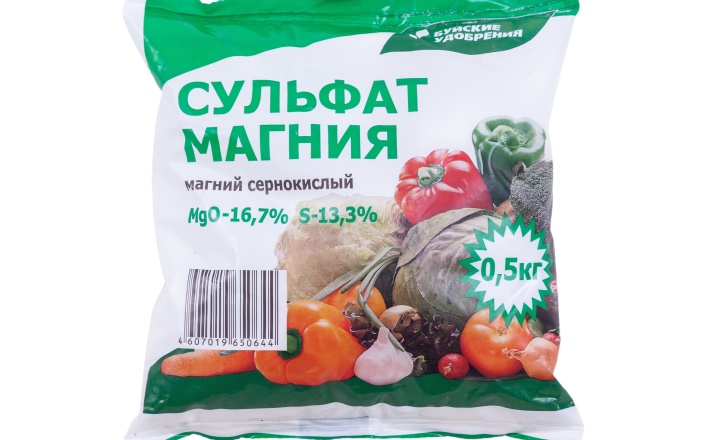
Varieties
Today there are a huge number of different fertilizers for junipers. Among them:
- organic;
- mineral dressing;
- complexes.
Organic
This fertilizer should be used already when preparing the holes for planting. To do this, make a mass by mixing peat, humus, turf. You need to take all the components in equal proportions.
After planting, the plants are treated with organic matter throughout the growing season. Remember that bird droppings and mullein are not suitable fertilizers for junipers, because they can cause burns on shrubs and their subsequent death.

Manure can be used for junipers only in early spring, because it contains a large amount of nitrogen, which contributes to the rapid growth of green mass.
For junipers, top dressing can be an excellent option, the main component of which is vermicompost. When dissolved in water, such substances are well absorbed into plant cells and activate the process of photosynthesis. They also act as a stimulant for the development of the root system.
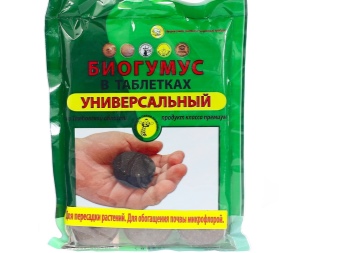
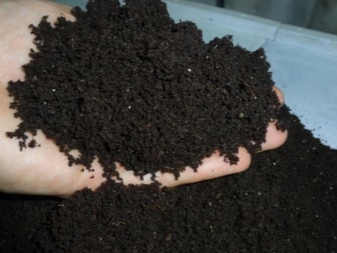
Minerals
For the full growth and development of the juniper, it must be fed with minerals. Nitroammofoska acts as such a component. It is brought in when preparing the land for planting young seedlings.
Fertilization will require about 200-300 grams of substance per shrub. For an adult plant, 40-50 grams of composition is enough for one juniper. This top dressing is introduced in early spring.
For more intensive growth and development of the plant, mineral fertilizers can be applied throughout the growing season. This procedure will be especially useful if the shrubs grow in poor soils.
In the autumn, due to a lack of magnesium, juniper needles may turn slightly yellow. To strengthen them before winter, you can also additionally fertilize them with mineral supplements.
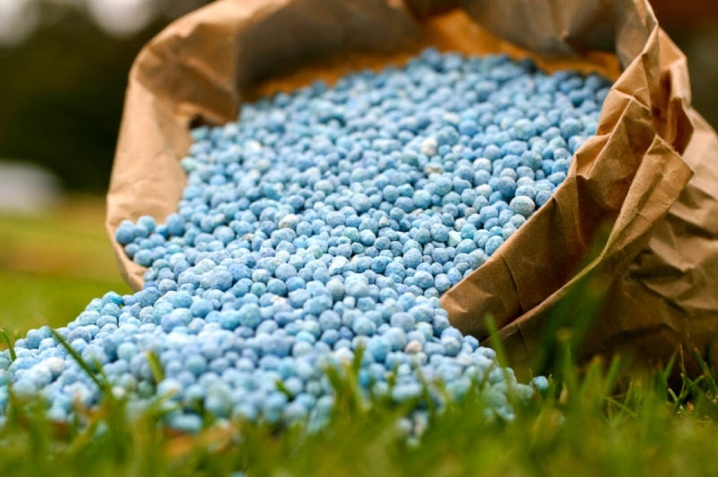
Complexes
Complex feeding not only ensures the normal growth and development of plants, but also helps to protect them from fungal diseases and pests. The most effective remedies are listed and described below.
- The Green Needle. This composition contains large amounts of sulfur and magnesium.It contributes to the rich dark green color of coniferous needles. This solution is often used when the bark of junipers turns yellow. One plant accounts for about 40-50 grams of granules.
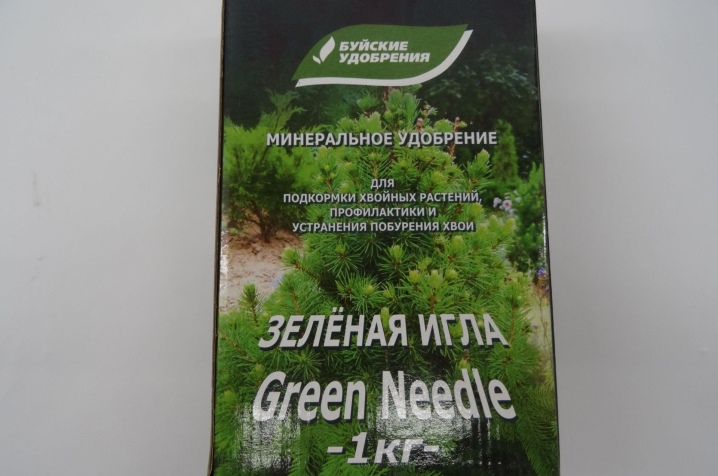
- "Khvoinka". This composition is suitable for feeding in the spring and summer. It contains an increased proportion of nitrogen (about 13%). It is often used during watering during the active growing season of plants. To prepare a solution, you need to take 20 grams of the substance and dilute them in 20 liters of pure water.
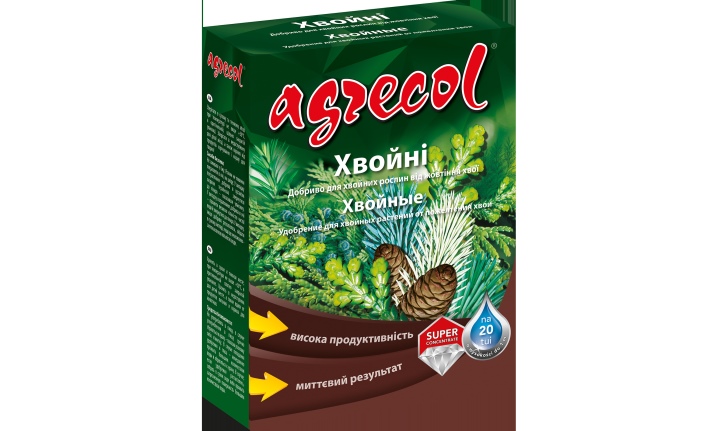
- "Kemira". Such a complex is used to improve the soil before planting young seedlings in the holes. For one planting pit, about 40 grams of the substance are needed. For one adult shrub, you need 50-60 grams.
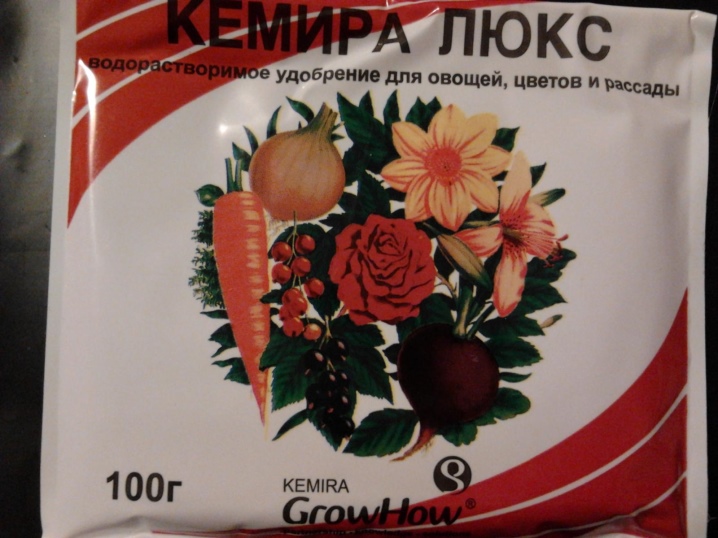
- Fertile Fertilizer. This top dressing contains a large amount of nitrogen. It promotes growth and development of shoots. They bring it in in the spring before landing in the planting holes. Throughout the growing season, such a complex should also be used. One hole accounts for 100-200 grams of the composition, and for one adult shrub, a solution with 10 grams of the substance and 10 liters of water is needed.
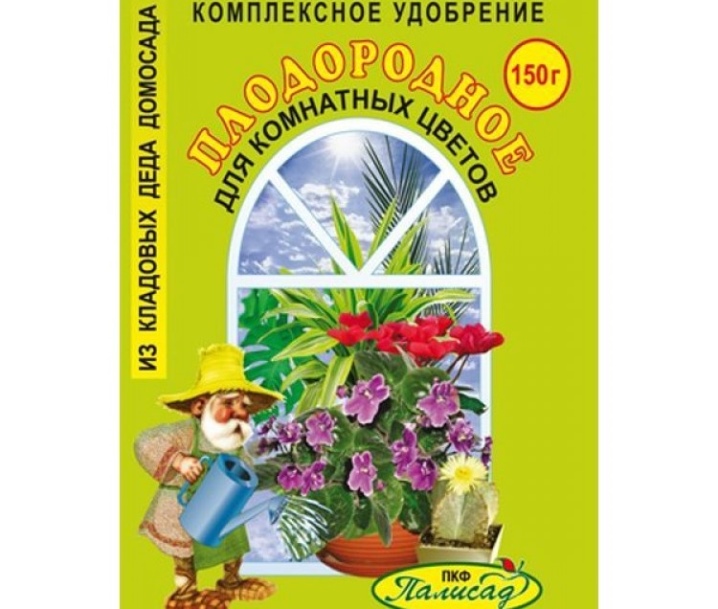
You can make a do-it-yourself juniper feed. Mulch is considered an excellent option. To prepare such a composition, you need to mix hay, humus and straw together. All this mass is brought to a free-flowing state.
Such a mixture is laid out in the area of the trunk circle with a layer of at least 10 centimeters.
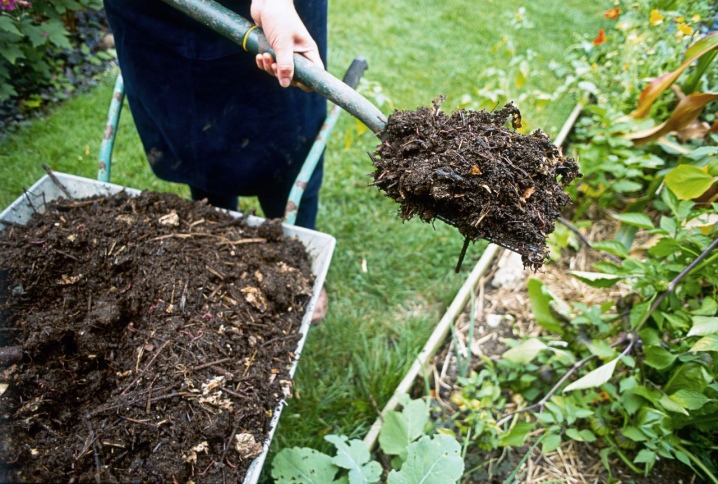
This protective layer should be changed after the loosening procedure. Mulch, which was laid for the winter period, must be removed with the onset of warm weather. Otherwise, the plant will begin to rot, which will lead to the appearance of fungal diseases.
Mulching allows you to maintain an optimal level of soil acidity. In addition, all important microelements and macronutrients are washed out from covered ground much longer.
The procedure can promote the development of microflora suitable for junipers. It helps plants to get all the substances they need from water and soil.
Mulch application helps to avoid weeds in the soil next to coniferous bushes. Such harmful elements are capable of taking a large amount of useful substances from junipers.
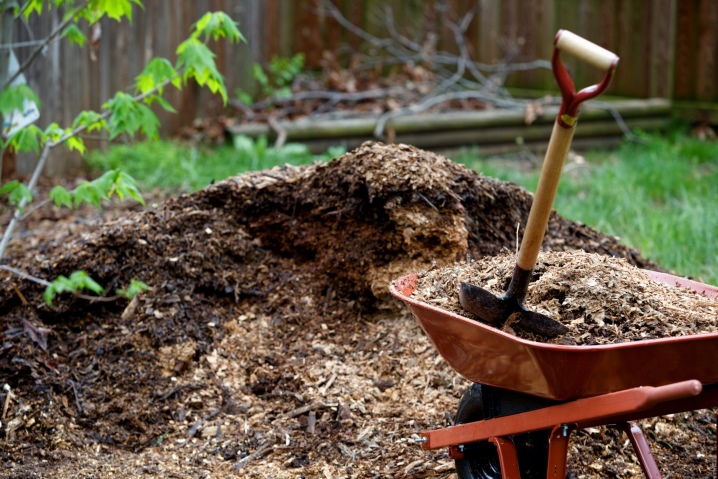
Another option for home feeding is compost. Such a rotted mass is perfect for junipers. It is made from dried grass and food debris. The prepared composition is carefully sprinkled on the soil. The layer should be at least 10 centimeters.
In summer, you can additionally add substances with a high content of copper, zinc, phosphorus, potassium, magnesium or iron.

Professional advice
Many experienced gardeners advise to make all fertilizing in the area of the trunk circle, while the distance from the trunk should be 0.15-0.2 meters. The interval between the introduction of nutrients should be at least 4–5 weeks.
Also some gardeners recommend adhering to a specific feeding regime... So, all fertilizers are best applied in the spring (late April) and summer (early June) periods. In addition, they are used from the beginning of the period of swelling of the kidneys until the moment of their full disclosure.
What fertilizers are best for conifers, see below.



































































The comment was sent successfully.